Advertisement
6 scary movies to watch at the theater this Halloween season

It's that time of year when everyone likes to cozy up at home and watch scary movies. But you know that horror films are always better with a crowd. “Shocktober” brings an embarrassment of riches for Boston area moviegoers looking for something even more terrifying than trying to park in Salem. The Coolidge Corner Theatre’s annual all-night horror marathon (Oct. 28) is celebrating its 22nd incarnation with a mostly secret lineup focused on witches and warlocks, while the Somerville Theatre has once again recruited Horror Movie Survival Guide co-host Julia Marchese for its third annual Halloween Hullabaloo (Oct. 27-31) of double and triple features. With more than two dozen frightening films screening locally during the run-up to All Hallows’ Eve, here are six favorites to get you started.
'Cat People' (1942)
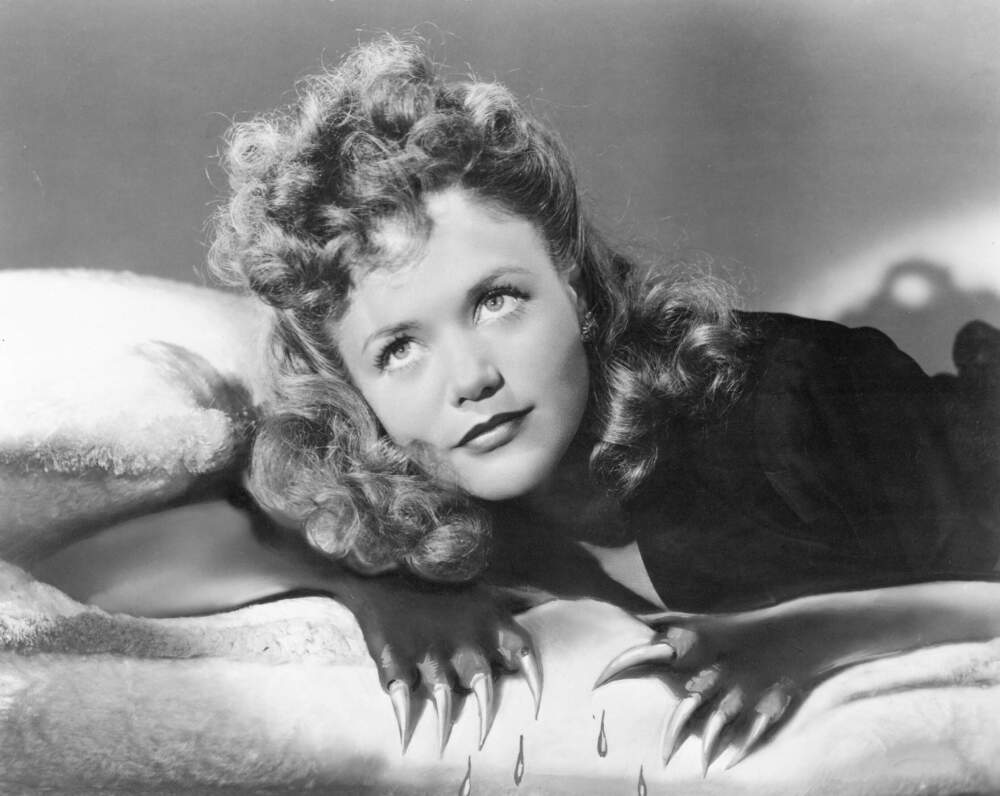
Dating can be tough sometimes. Just when you’ve finally found someone you really click with, it turns out she’s afraid to kiss you because she’s descended from a Serbian tribe that transforms into deadly sex panthers whenever they’re erotically aroused. Producer Val Lewton and director Jacques Tourneur’s groundbreaking B-Movie is a microbudget, mini-masterpiece of smoldering sensuality and unease. Shot on a shoestring using RKO Studios’ discarded sets from Orson Welles’ “The Magnificent Ambersons,” the movie relies on mood and misdirection to envelop the audience in a doomed romance between Simone Simon’s fetching immigrant fashion illustrator and Kent Smith’s engineer with a wandering eye. Lewton and Tourneur found some brilliant workarounds to their limited resources — for starters, they cast an actress who looks like a cat — and in the process invented cinema’s first (and still one of the best) jump-scares, which came to be nicknamed “the Lewton bus” and is still brazenly borrowed by horror movies today. Paul Schrader remade the film in 1982, but even he couldn’t top the scene in which Simon’s slinky, feline presence sends an entire pet store into a shrieking frenzy. (Screens at the Coolidge Corner Theatre on Thursday, Oct. 26. Preceded by a seminar by Northeastern University’s Nathan Blake.)
'The Exorcist' (1973)
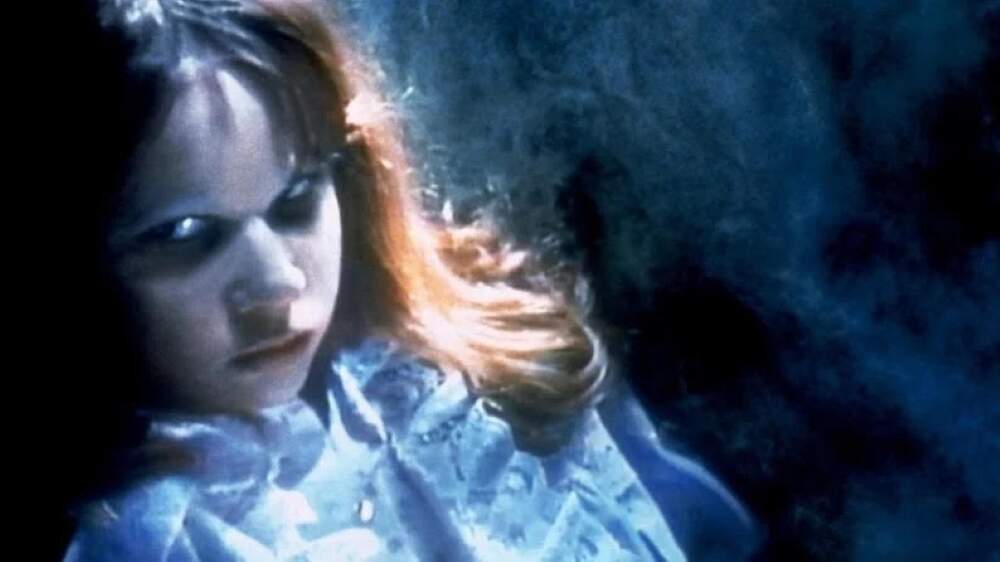
One need only look across the multiplex hall at this month’s abysmal “The Exorcist: Believer” to see this is a trick that only works once. Director William Friedkin shrewdly used the tools of his documentary background to root William Peter Blatty’s bestseller in a believable, workaday reality that’s violently ruptured by increasingly intense supernatural intrusions. “The Exorcist” is still so scary because it feels so real at the outset. By the time Linda Blair is puking pea soup and screaming in Mercedes McCambridge’s voice about how your mother sews socks that smell, we’ve already bought in 100%. Alas, there are no remaining 35mm prints of the original release cut in screenable condition, leaving us with 2000’s inferior “The Version You’ve Never Seen,” for which Friedkin uncharacteristically caved to Blatty’s longstanding requests to include extra scenes that spell out the moral of the story and soften the unsettling, ambiguous ending. This edition does, however, have a sick DTS surround sound remix that rattles auditorium walls, reminding you how deft this director was at layering sounds and using silence as a scalpel. (Screens on 35mm at the Somerville Theatre on Friday, Oct. 27.)
'The Others' (2001)
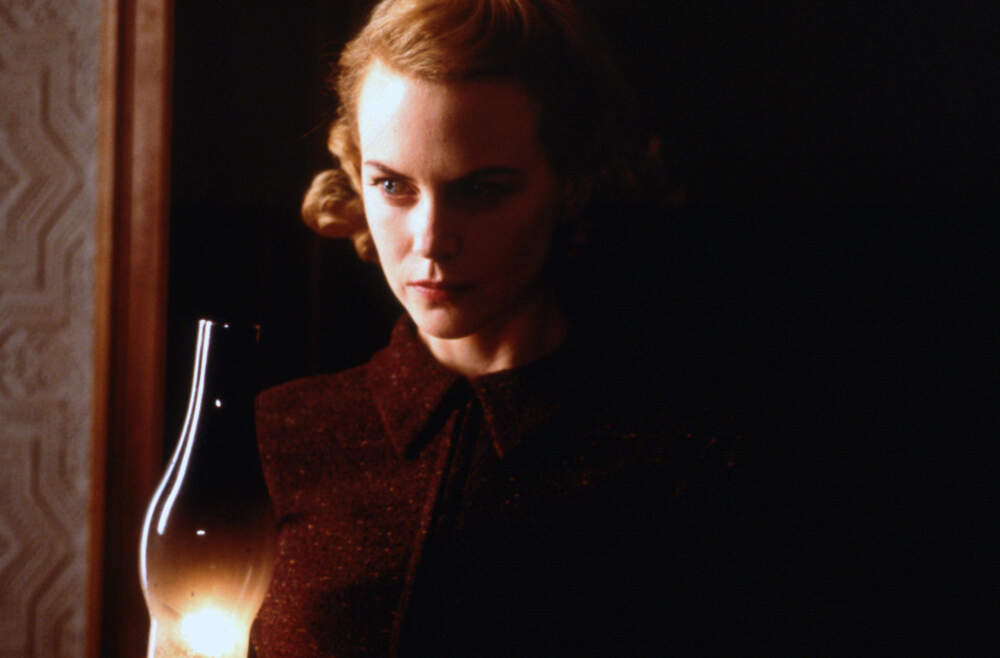
Screening as part of the Museum of Fine Arts’ “Bloody Gorgeous: The Art of Horror” series showcasing genre films with exceptional cinematography, this unsung gem from writer-director Alejandro Amenábar turns low light levels into high art. Nicole Kidman stars as a WWII widow presiding over a cavernous, abandoned estate while caring for two sickly children she swears are allergic to the sun. The arrival of three new domestic workers, led by a wonderfully insinuating Fionnula Flanagan, dovetails with strange noises in the night and the oldest daughter’s unnerving assertions that she’s made a new friend on the empty property. It’s a classy, old-fashioned haunted house picture boasting exceptional craftsmanship and a game, jittery performance from Kidman, who has never looked more like Grace Kelly. But the real star of the movie is cinematographer Javier Aguirresarobe, who finds endless textures in these inky shadows and shallow pools of illumination. So many of today’s movies and prestige TV shows are so murky and underlit. Here’s one shot with such care that we can always see what we need to, even when the characters can’t. (Screens at the Museum of Fine Arts on Friday, Oct. 27.)
'Rosemary's Baby' (1968)
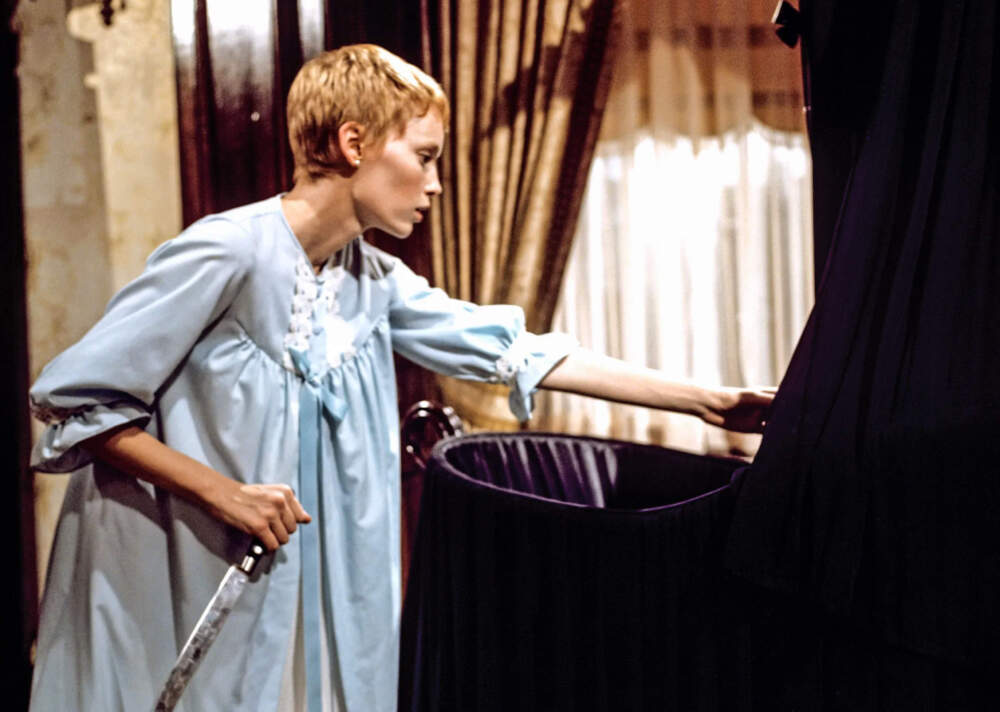
There’s a famous story, recently immortalized in Quentin Tarantino’s novelization of “Once Upon a Time in Hollywood,” about how director Roman Polanski confounded his camera department by changing the angle of a shot in his surprise blockbuster adaptation of Ira Levin’s bestseller. During the scene, we’re supposed to watch through a doorway while Ruth Gordon makes a phone call in the other room. Polanski puckishly shifted the camera ever so slightly, leaving the actress partially obscured by the doorframe, which any film student will tell you is a big no-no. And yet, on the night of the movie’s premiere, the entire audience leaned over all at once, craning their necks to try and get a better view of Gordon around the obstruction. The whole picture is directed with that kind of fiendishly manipulative wit, teasing us along to such an extent that a lot of people still swear they saw things in this movie that never appear onscreen. (Like, for example, the baby.) “Rosemary’s Baby” kicks off the Coolidge’s all night horror movie marathon. Watch for how many attendees lean over to get a better look. (Screens on 35mm at the Coolidge Corner Theatre on Saturday, Oct. 28)
'The Howling' (1981)
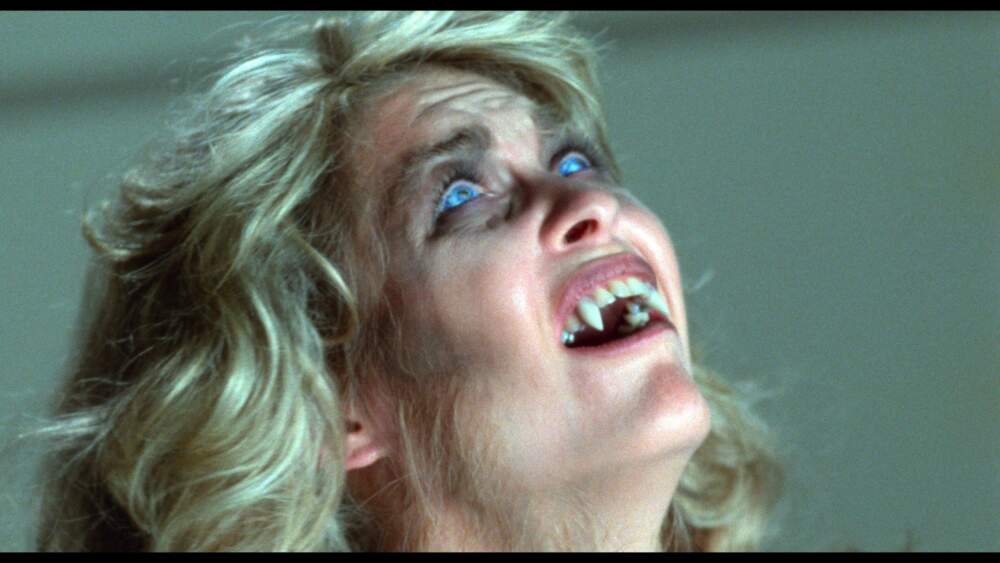
This half-kidding horror film reunited director Joe Dante with his “Piranha” screenwriter John Sayles and special effects makeup legend Rob Bottin for the kind of werewolf movie in which everybody’s seen too many werewolf movies. It’s amusing to recall that before becoming a titan of socially conscious, American independent cinema in the 1980s, Sayles used to script some pretty fun schlock, and even shows up here for a cameo as a mortician chomping on a hamburger after an autopsy. Dee Wallace stars as a TV journalist sent to a sinister psychiatric resort after an on-air close encounter of the furry, full moon kind. But the plot is just a threadbare excuse for sex scenes, satirical elbows and Bottin’s insanely elaborate lycanthrope transformation sequences. Like most of Dante’s movies, this one’s a treasure trove of inside gags and surprise appearances from B-picture icons. Watch for Kevin McCarthy — the “Invasion of the Body Snatchers” guy, not the deposed speaker of the House — as Wallace’s boss. Uneven, but boasts one of the great sick joke endings of the 1980s. (Screens on 35mm at the Somerville Theatre on Sunday, Oct. 29, and at the Brattle Theatre on Monday, Oct. 30. The Brattle screening is free to the public and followed by a discussion with Brandeis University’s Brandon Callendar.)
'Psycho' (1960)
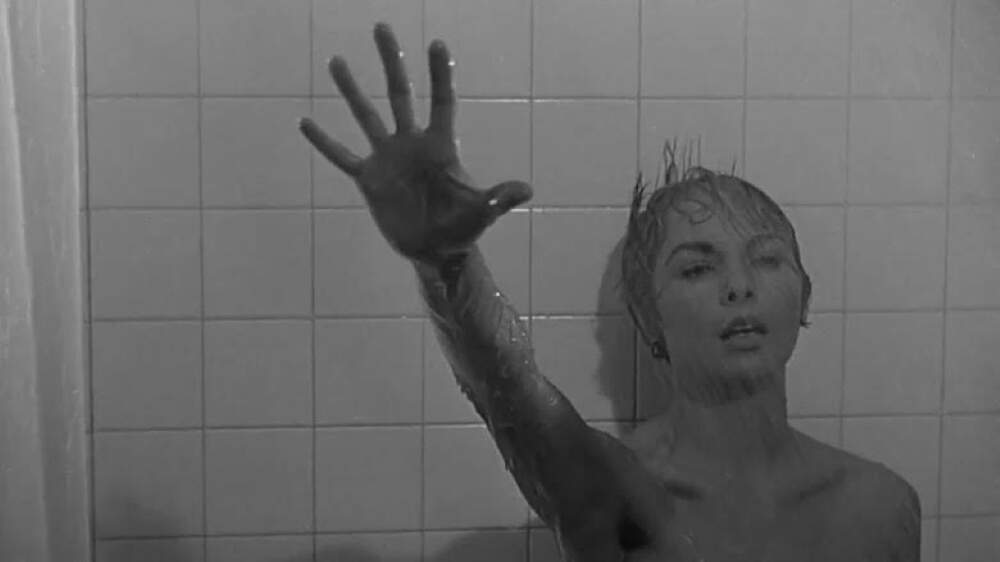
Alfred Hitchcock’s ruthless little masterwork has become such a touchstone of popular culture it raises the question, can such a shocking movie still play to crowds when the shocks are already familiar to people who’ve never seen the film in the first place? The answer may shock you. (Sorry.) I saw “Psycho” for the umpteenth time earlier this year at the Brattle Theatre’s annual Mother’s Day screening, and can happily report that the shower scene still left a lot of us thinking about taking baths for the foreseeable future. The saga of cinema’s preeminent mama’s boy, Norman Bates — played so brilliantly by Anthony Perkins it’s the kind of performance from which an actor’s career never recovers — remains unsurpassed in its ability to work an audience’s nerves. It’s a picture everyone needs to see in a theater at least once, if only for the scene in which Norman’s attempt to bury the evidence is briefly undone by an uncooperative swamp, and you can hear the entire audience gasp in reflexive concern. We’re only halfway through the movie and Hitchcock’s already got us siding with the monster. (Screens on 35mm at the Somerville Theatre on Tuesday, Oct. 31.)
